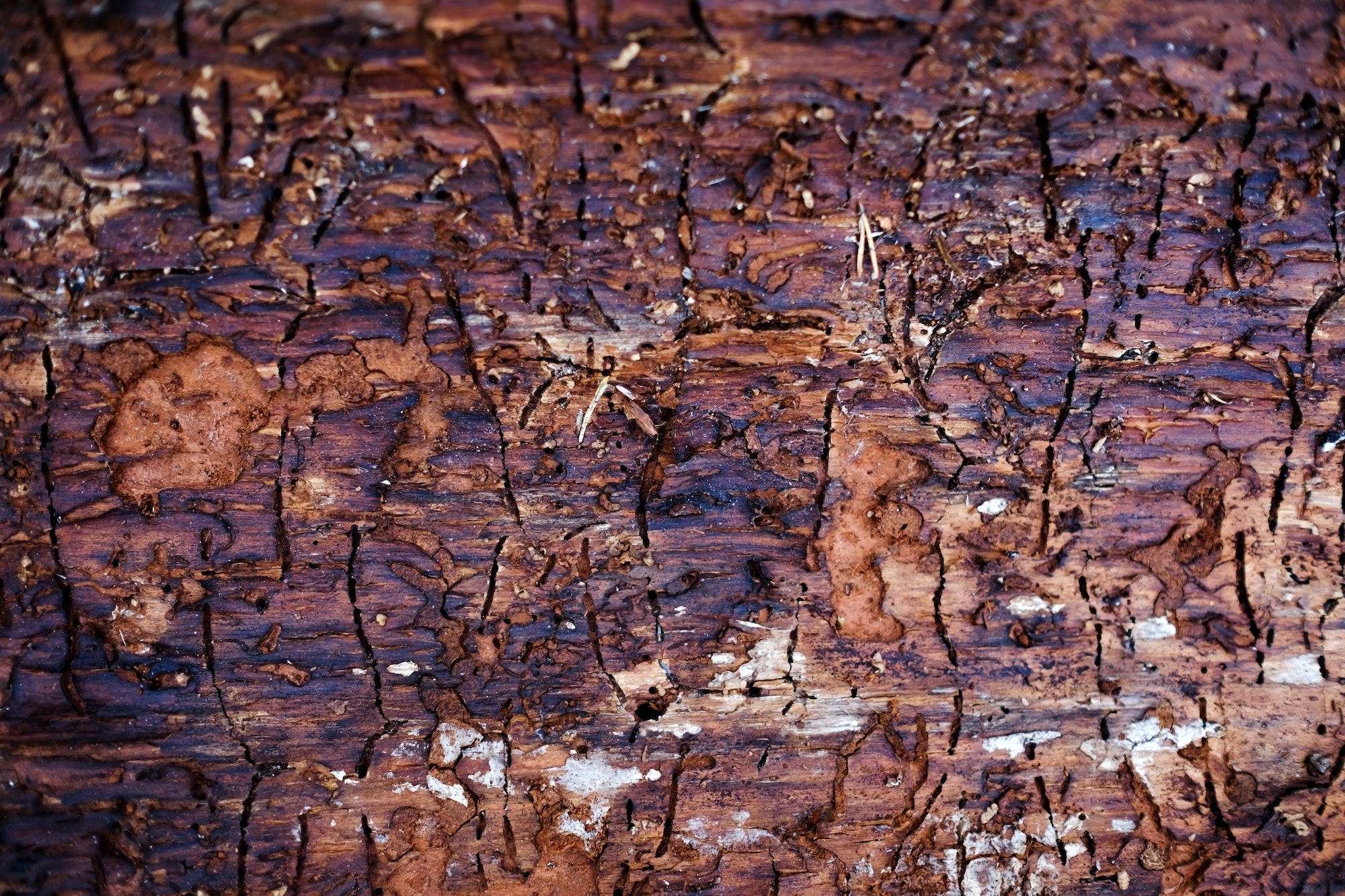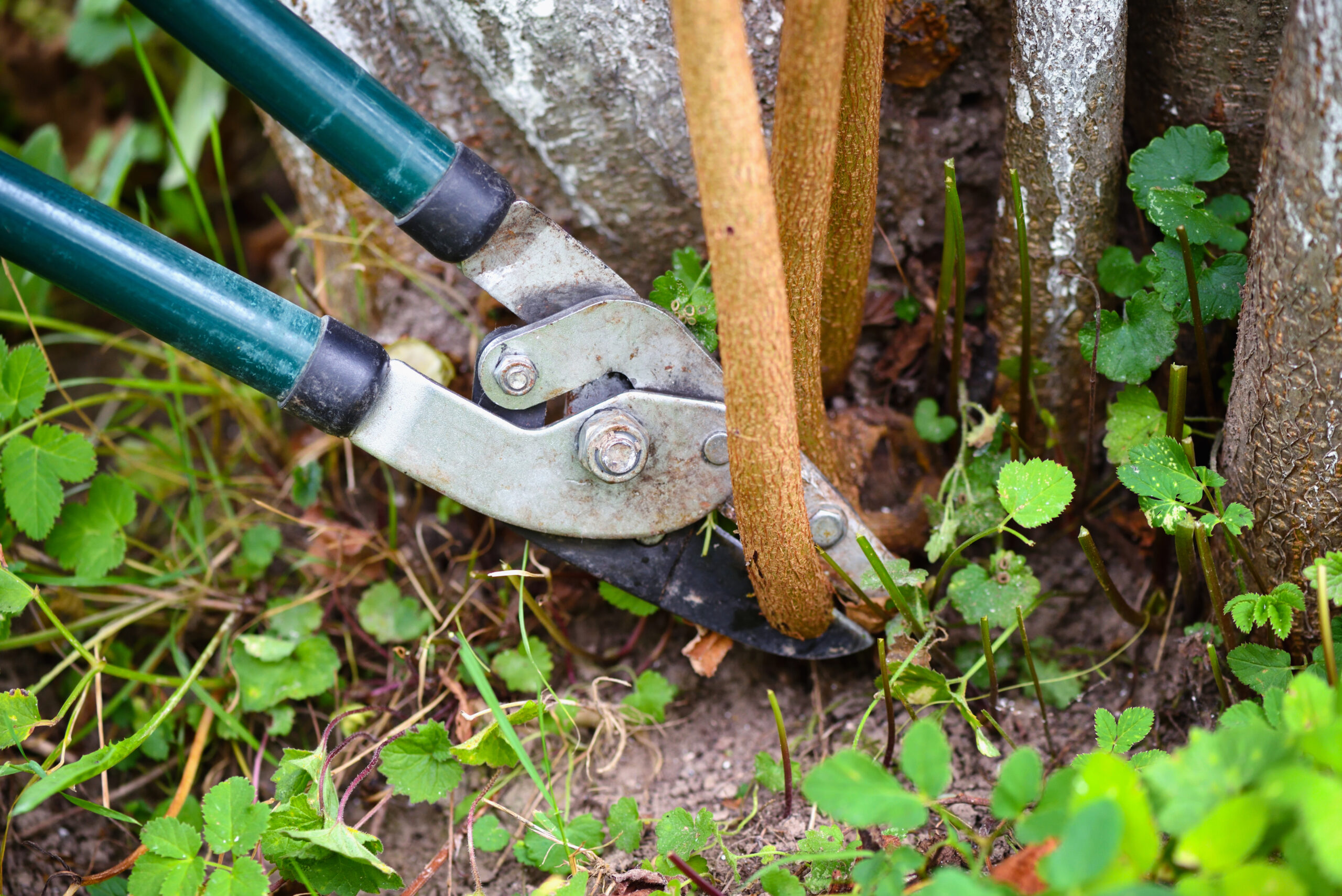Here is the comprehensive FAQ guide to tree cabling and bracing
Although trees encounter issues that can impact their well-being, trees with compromised structural integrity or fragile branches don’t always need to be removed. Providing support through cabling, bracing, or other tree support systems can be beneficial. Continue reading to explore various kinds of tree support systems through this comprehensive FAQ guide.
What Is Tree Cabling And Bracing?
- Tree cabling is a simple practice that helps support weak branches. It involves using high-strength cables and bolts to guide a tree’s growth. It holds the tree branches and limbs in place, thus preventing them from growing awkwardly, breaking, or bending. This bracing technique gives the tree the support it needs to continue growing.
The cable is flexible and restricts the movement of the weak branches and allows them to grow in a more controlled manner. In severe cases where a cable cannot offer the required support, rigid bracing rods are installed along with cables to redistribute structural stress. This technique helps support the physical structure of trees while keeping them in their natural environment.
What Are Static Cabling Systems?
- Static cabling systems aim to rigidly secure branches with metal hardware such as screws or bolts. These screws and bolts are attached to different limbs with galvanized steel or aircraft cable.
While the metal hardware provides secure attachments, it can also serve as an entry point for fungi and pathogens that can cause decay. These are older types of tree support systems. Although still practical, static cabling systems are replaced by dynamic systems.
What Are Dynamic Cabling Systems?
- Dynamic tree cabling systems are a type of cabling system used to provide structural support to trees. They are designed to allow movement in the tree branches and limbs, providing more natural and flexible support.
Dynamic tree cabling system puts less stress on the tree and uses synthetic materials such as ropes, flexible cables, and attachment hardware, giving the tree more room to sway. The goal is to provide support while still allowing the tree to respond to wind and other environmental factors in a natural way. Thus reducing stress and promoting long-term stability.
How Does Tree Cabling Support The Weak Trees?
This support system improves the structural integrity of weak trees in three ways:
Prevention
- Tree cabling helps to reduce the risk of limb failure in areas with weak spots or multiple crotches. Crotches are the areas where the tree limbs are separated. Cabling helps to support the tree by distributing the weight of the branches more evenly.
Even if the tree is healthy, adding a few cables can prevent these problems from occurring in the future. In addition, cabling helps improve the tree’s appearance by training the limbs to grow more aesthetically pleasingly.
Preservation
- Tree cabling preserves a tree’s structural strength. Even if your tree is already compromised, cabling prevents further damage by stabilizing the limbs and trunk so they can’t rub against each other and cause more splits.
Protection
 Some low-hanging or weak branches are obvious hazards. Tree cabling and bracing can protect these potentially dangerous trees on your property. An arborist may even recommend removing the tree depending on the damage and the tree’s distance from your home. Protective methods are crucial, especially when the trees are present in populated areas.
Some low-hanging or weak branches are obvious hazards. Tree cabling and bracing can protect these potentially dangerous trees on your property. An arborist may even recommend removing the tree depending on the damage and the tree’s distance from your home. Protective methods are crucial, especially when the trees are present in populated areas.
At American Tree Experts, Inc., we offer the best services to keep your plants out of harm’s way. Our cabling and bracing services ensure your garden has strong and protected trees. Our most sought services are pruning, bracing, pest management, and nutritional management. We offer services in Montclair, New Jersey. Call us at (973) 744-6091 for a free quote.



 It commonly occurs when the soil surrounding the tree’s base remains excessively damp over extended periods. Phytophthora root rot adversely affects the tree’s root system, weakening its structural stability and potentially giving rise to further issues like property damage and even accidents. Untreated cases over several years can lead to the tree’s death.
It commonly occurs when the soil surrounding the tree’s base remains excessively damp over extended periods. Phytophthora root rot adversely affects the tree’s root system, weakening its structural stability and potentially giving rise to further issues like property damage and even accidents. Untreated cases over several years can lead to the tree’s death.
 There are different guidelines for different trees. A mature tree’s roots should not be cut closer than 6-8 inches from the trunk for each inch in trunk diameter. For instance, if the tree’s diameter is 20 inches, cut at least 10 feet away. Alternatively, prune roots no closer to the trunk than a distance equal to 3 to 5 times the trunk diameter. On the other hand, a young tree can withstand complete root pruning on one side at a distance equal to 5 times
There are different guidelines for different trees. A mature tree’s roots should not be cut closer than 6-8 inches from the trunk for each inch in trunk diameter. For instance, if the tree’s diameter is 20 inches, cut at least 10 feet away. Alternatively, prune roots no closer to the trunk than a distance equal to 3 to 5 times the trunk diameter. On the other hand, a young tree can withstand complete root pruning on one side at a distance equal to 5 times 
 Inquire whether the tree service company and its workers are covered under WSIB. Some companies may use subcontractors, making it difficult for homeowners to determine individual insurance coverage. Ask if all
Inquire whether the tree service company and its workers are covered under WSIB. Some companies may use subcontractors, making it difficult for homeowners to determine individual insurance coverage. Ask if all 
 Hardiness Zones: Thrives in zones 2-9
Hardiness Zones: Thrives in zones 2-9
 Stunted twig growth
Stunted twig growth
 Disinfect your pruning tools between each cut. Use a 10% bleach solution or rubbing alcohol. This prevents the bacteria from being transferred to healthy parts of the tree.
Disinfect your pruning tools between each cut. Use a 10% bleach solution or rubbing alcohol. This prevents the bacteria from being transferred to healthy parts of the tree.
 Elm tree, particularly the Siberian elm, has certain issues that should be considered. The high germination rate of the elm tree’s seeds led to its aggressive spread beyond the intended planting areas. In addition, these trees have brittle, weak wood, making them susceptible to storm and ice damage.
Elm tree, particularly the Siberian elm, has certain issues that should be considered. The high germination rate of the elm tree’s seeds led to its aggressive spread beyond the intended planting areas. In addition, these trees have brittle, weak wood, making them susceptible to storm and ice damage.
 Just before leaves emerge, fertilizing mature trees in the early spring promotes their health and vitality. Follow these techniques to ensure effective tree fertilization.
Just before leaves emerge, fertilizing mature trees in the early spring promotes their health and vitality. Follow these techniques to ensure effective tree fertilization.
 While excessive pruning during the active growth season can be harmful, it should be noted that over-pruning at any time of the year can induce stress in a tree. This can render a tree more vulnerable to diseases. Therefore, it is essential to remember that each pruning cut carries significance because every cut is a wound to the tree.
While excessive pruning during the active growth season can be harmful, it should be noted that over-pruning at any time of the year can induce stress in a tree. This can render a tree more vulnerable to diseases. Therefore, it is essential to remember that each pruning cut carries significance because every cut is a wound to the tree.